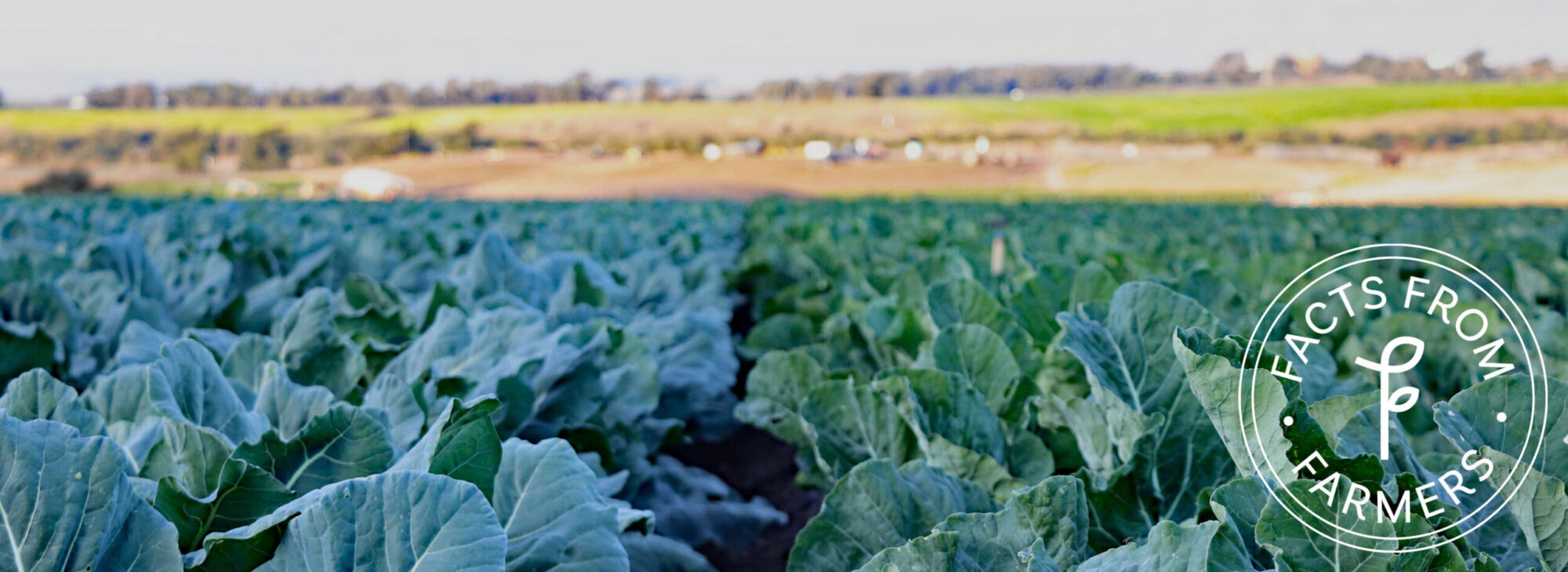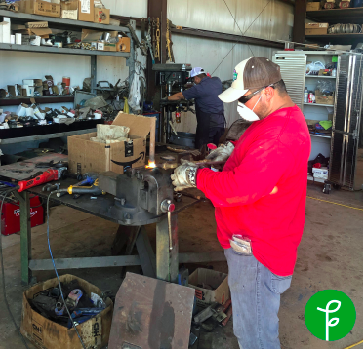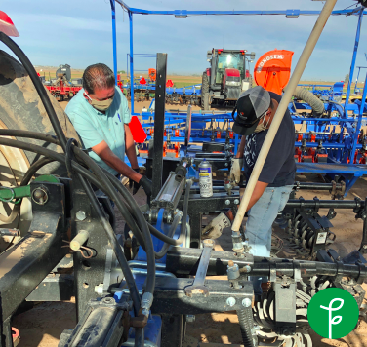Santa Maria Valley is undoubtedly a beautiful place that deserves to be enjoyed and explored by the entire community and beyond. The Santa Maria River Levee Trail expansion would offer stunning views and provide a recreational connection between the cities of Santa Maria and Guadalupe; however, the unintended consequences of this expansion will come at a cost to our farmers, farmworkers, and local community. If we step back and take a more holistic approach to analyzing this trail development, then it becomes clear that we must oppose the levee trail expansion.
It is important to first recognize that agricultural land is located both to the north and the south of the levee trail. This means that farmers and farmworkers must consider any impact their operations may have on pedestrians, cyclists, pets, and other users of the trail when complying with local, state, and federal pesticide, safety, and food safety regulations.
To prioritize public health and safety, farmers voluntarily enter into agreements with organizations, such as the California Leafy Greens Marketing Agreement and must comply with laws and regulations required by the California Department of Food and Agriculture, the United States Department of Agriculture, and the Food and Drug Administration. These food safety laws and guidelines are put into place to protect the public’s health, which must be adhered to by farmers.
The levee trail expansion will inherently result in trail usage by pedestrians, pets, and other members of the general public, which increases the likelihood and risk that neighboring farmland would be negatively impacted with potential trespassing, theft, and fecal contaminants. In the case of feces left from pets, under current food safety guidelines, all employees and inspectors are required to report fecal matter found on or near agricultural crops. This triggers safety protocols that involve removing the fecal matter, destroying any potentially affected produce or crops, and buffering the area so people do not enter. This buffer zone and destruction of crops can exponentially grow by something as simple as a tractor running over fecal matter in the road or a person tracking it in the field from their shoes. Even a rain event can prompt additional safety measures, extensive testing of a flooded area, and potential abandonment of the crop due to fecal matter washing into agricultural lands.
In the case of trespassing, the expanded levee trail would be open and exposed for the public to walk onto a farm at any time, inadvertently putting themselves at risk for injury or exposure to agricultural materials. Current spray application laws require up to a 500-foot buffer during application to avoid drift or unintended health impacts to the public. If the prime agricultural land located alongside the proposed trail is to stay in use, the trail would need to be shut down periodically to ensure this buffer zone is established. There is currently no plan in place, or funding on the part of the county, to enforce these periodic closures of the expanded levee trail and safeguard the public’s health. Even with the proper precautions in place, many farmers would choose to avoid spray applications along the levee trail due to the inherent risk and liability to themselves and their businesses. This would come at a direct loss to the farmer and the farmworkers.
If the expansion of the levee trail moves forward, alongside agricultural farmland, farm operations will be in direct conflict with existing laws and regulations. These conflicts, risks, and interruptions to their operations can foreseeably force farmers to abandon this prime farmland along the levee trail due to the high, and some say inevitable, risk of being unable to ensure the health of the crop and the safety of the product to consumers. If just 100 acres of this farmland is abandoned alongside the proposed 6.7-mile expansion, it would lead to a loss of $3 million in wages to agricultural farmworkers annually, in addition to lost tax revenue to the county and the economic impact to local businesses in the community.
There is more to consider, however, than just the impact to our farmers and farmworkers. As we look at the existing Bob Jones Trail between San Luis Obispo and Avila Beach, it has been closed due to homeless encampments throughout the recreational pathway. The proposed levee trail is also located adjacent to current homeless encampments, and its further development will likely draw increased homeless activity along the route. Before we invest money into the levee trail expansion, we should ensure that it will be safe and usable for our community.
In addition, the expansion of the levee trail is set to be part of the county’s active transportation plan, to reduce the number of cars on the road by promoting walking and biking to work or school. However, the 6.7-mile corridor of expansion of the levee trail does not afford our community commuter transportation as much as it offers recreational transportation. Improving Main Street and offering a multi-use trail along this major corridor would provide greater access to both Santa Maria and Guadalupe, for the intended purposes of transportation access to work and school.
While we oppose the expansion of the levee trail, we do not oppose the need for our community to have access to recreational space. The Santa Maria Valley has many beautiful trail locations that could be developed to accommodate the recreational needs of our burgeoning city. The Point Sal trail network has the potential to be extended to the Guadalupe Dunes, and with the county creating a regional recreation master plan, wineries and other venues that rely on tourists can expand trails that would be open to the public. These are options worth further exploration as we evaluate recreational space for our community.
Trails and development must be fully contemplated in a holistic manner, along with their impact to our community before approval and implementation. The impact to farmers and farmworkers, loss of agricultural jobs, the contamination of crops, the increase in crime, and the potential for homeless encampments are all things that must be weighed before supporting the expansion of the Santa Maria River Levee Trail. Please join us in signing the following petition to oppose the levee trail expansion and protect our farmworkers and our farmland.


